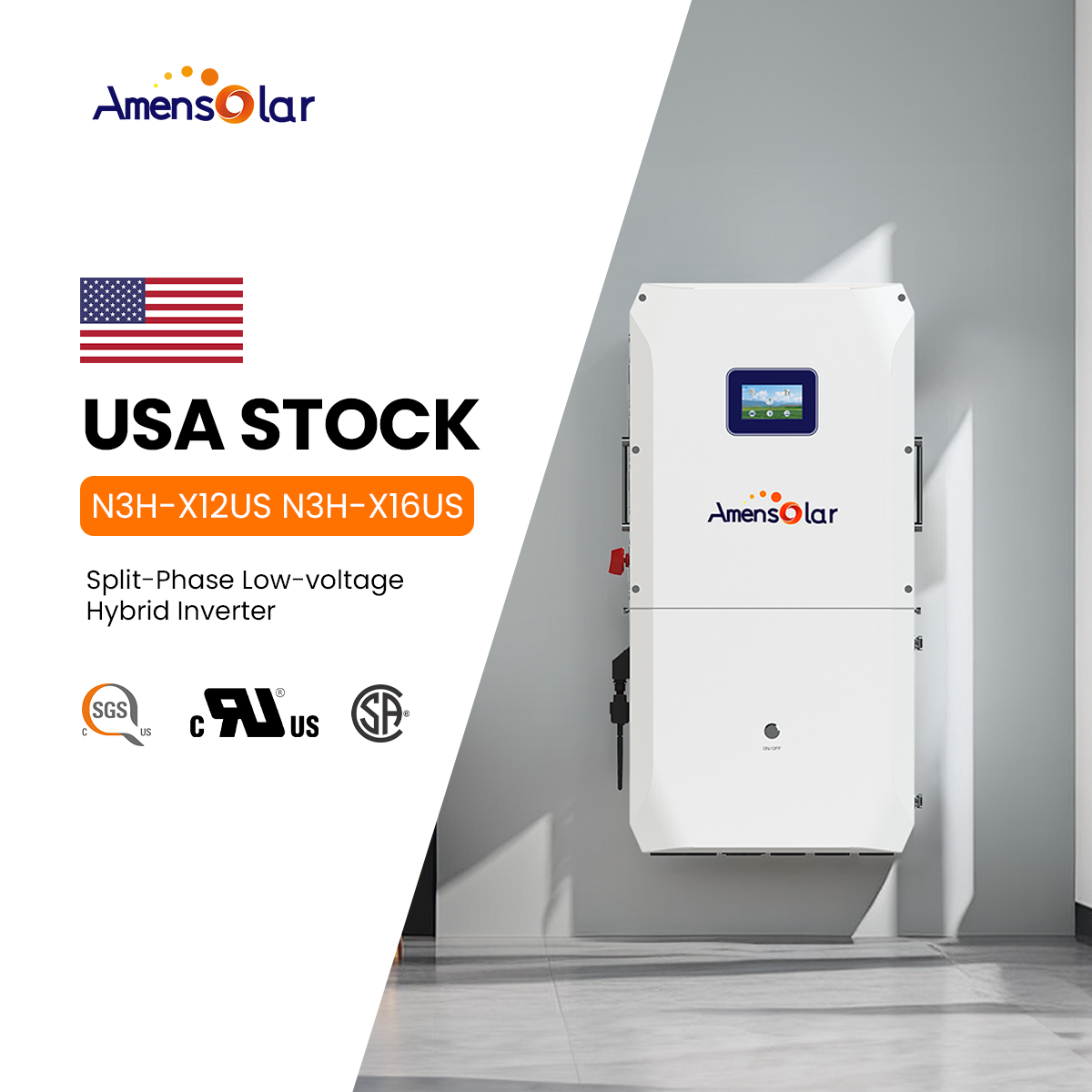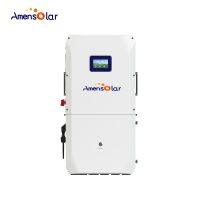Choosing the Right Solar Inverter Size for a Typical American Household
When considering installing a solar power system for a typical American household, one of the most critical decisions is selecting the appropriate solar inverter size. A solar inverter is responsible for converting the direct current (DC) electricity generated by solar panels into alternating current (AC) electricity, which powers the home. The inverter size plays a vital role in the efficiency of the system, the energy production, and the overall performance of the solar installation. This article will explore the factors involved in determining the right size inverter for an average American home.
Understanding Solar Power System Components
To choose the correct inverter size, it is important to first understand the components of a solar power system. The two main factors that influence the choice of inverter size are the total wattage of the solar panel array and the energy consumption of the home. Solar panels are typically rated by their output in watts, and the inverter should match the system's capacity to ensure optimal energy conversion.

Typical Home Energy Consumption
The average American household consumes around 10,000 kWh (kilowatt-hours) of electricity annually. The daily electricity usage for such a household is approximately 27 kWh. To offset this consumption, homeowners often turn to solar power to reduce their reliance on the grid. The size of the solar panel array required depends on the amount of energy the household consumes, which in turn influences the size of the inverter needed.
Choosing the Right Inverter Size
Typically, a home solar system is designed to generate about 80-100% of the household’s annual energy needs. The inverter should be able to handle the peak power produced by the solar panels, which usually happens during sunny periods when the system generates the most energy. Most solar panel systems are designed with an inverter that is sized to handle about 10-20% more than the peak power output of the panels. This ensures that the inverter is capable of managing any fluctuations in power generation.
For a typical American household, a solar power system with a 6 kW to 8 kW solar array is common. The inverter size for this system would typically range between 5 kW and 10 kW. A 5 kW inverter is suitable for systems with a smaller array, while a 10 kW inverter might be more appropriate for larger systems.
Why Size Matters
An oversized inverter may lead to inefficiency, as it could be underutilized during the day when solar power production is lower. On the other hand, an undersized inverter might not be able to process the power produced by the solar panels, leading to energy loss and potentially reducing the efficiency of the system.
Conclusion
Selecting the right size solar inverter for a typical American household is essential for maximizing energy production and ensuring system longevity. Generally, an inverter size in the range of 5 kW to 7 kW works well for most homes with a 6-8 kW solar panel array. However, factors such as local climate, roof space, and household energy usage should all be considered when making the final decision. Working with a professional installer can help ensure that your solar system is sized correctly, providing optimal performance and long-term savings.

 N3H-X16US 16KW | Split Phase |...
N3H-X16US 16KW | Split Phase |...  N3H-X12US 12KW | Split Phase |...
N3H-X12US 12KW | Split Phase |...  N3H-X10US 10KW | Split Phase |...
N3H-X10US 10KW | Split Phase |...  N1F-A3US 3KW | Split Phase | ...
N1F-A3US 3KW | Split Phase | ...  N1F-A12US 12KW | Split Phase |...
N1F-A12US 12KW | Split Phase |...  N1F-A6.2P 6.2KW | Single Phase...
N1F-A6.2P 6.2KW | Single Phase...  N1F-A6.2E 6.2KW | Single Phase...
N1F-A6.2E 6.2KW | Single Phase...  AMF16000 51.2V | 16KWH | Floo...
AMF16000 51.2V | 16KWH | Floo...  E-BOX 51.2V | 10.24KWH | W...
E-BOX 51.2V | 10.24KWH | W...  AMW10240 51.2V | 10.24KWH | W...
AMW10240 51.2V | 10.24KWH | W...  LFP 16kWh / LV 51.2V | 16KWH | Floo...
LFP 16kWh / LV 51.2V | 16KWH | Floo...  S52300 51.2V | 16KWH | Stac...
S52300 51.2V | 16KWH | Stac...  S52200 51.2V | 10.24KWH | S...
S52200 51.2V | 10.24KWH | S...  A5120 51.2V | 5.12KWH | Ra...
A5120 51.2V | 5.12KWH | Ra...  POWER-BOX 51.2V | 10.24KWH | W...
POWER-BOX 51.2V | 10.24KWH | W...  AML12-100 12.8V Series LifePo4...
AML12-100 12.8V Series LifePo4...  AML12-120 12.8V Series LifePo4...
AML12-120 12.8V Series LifePo4...  AML12-150 12.8V Series LifePo4...
AML12-150 12.8V Series LifePo4...  AML12-200 12.8V Series LifePo4...
AML12-200 12.8V Series LifePo4... 